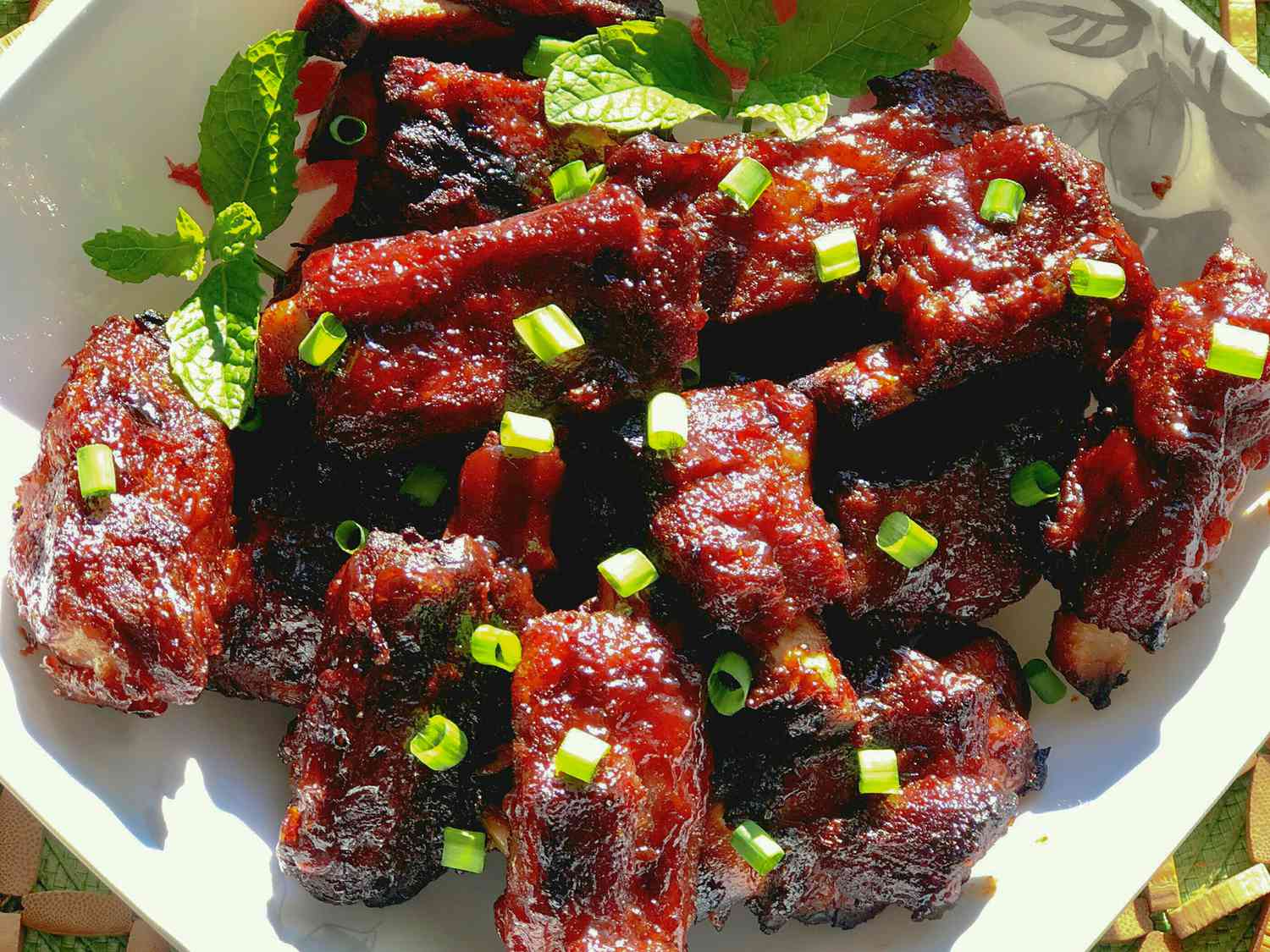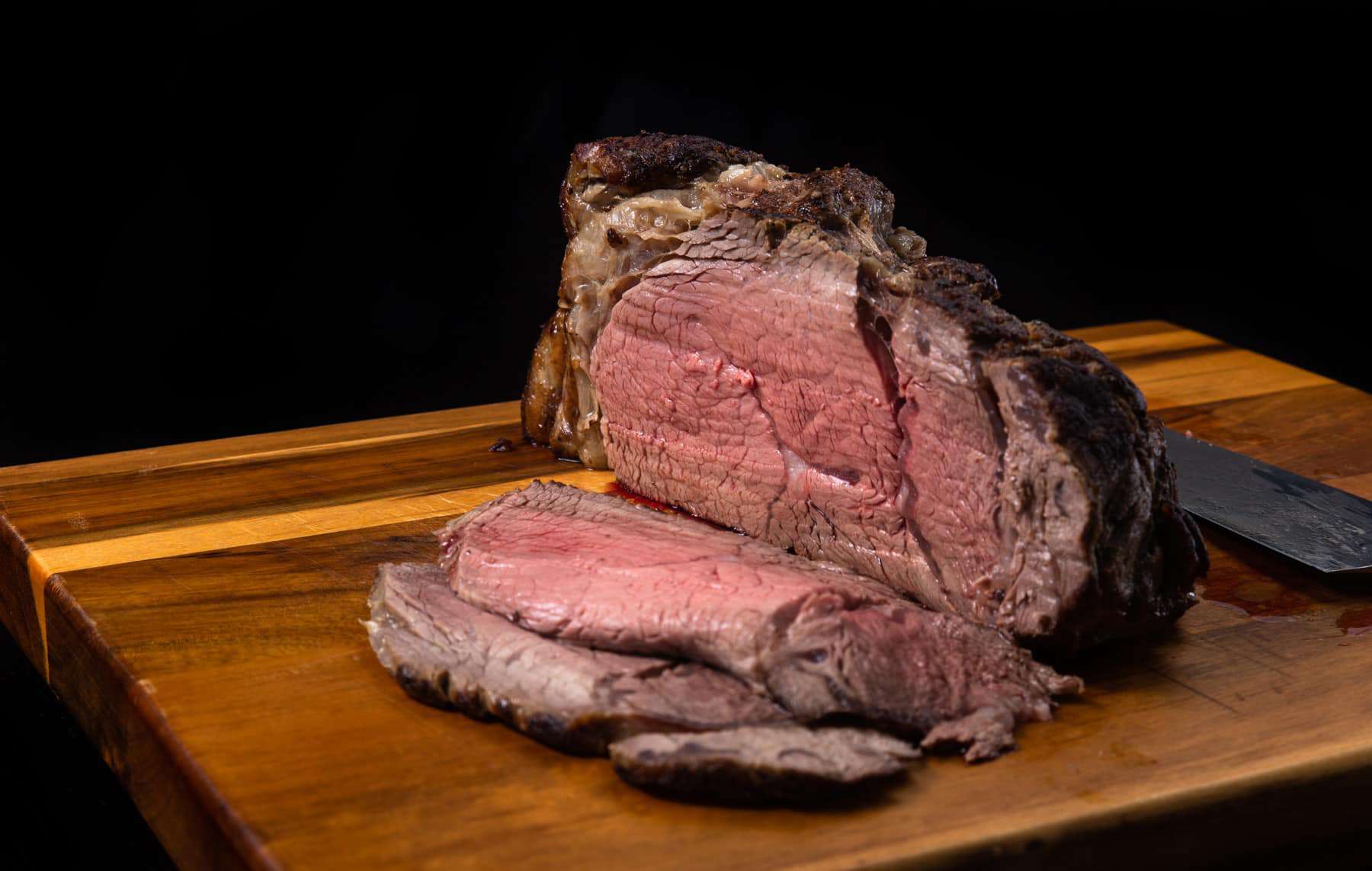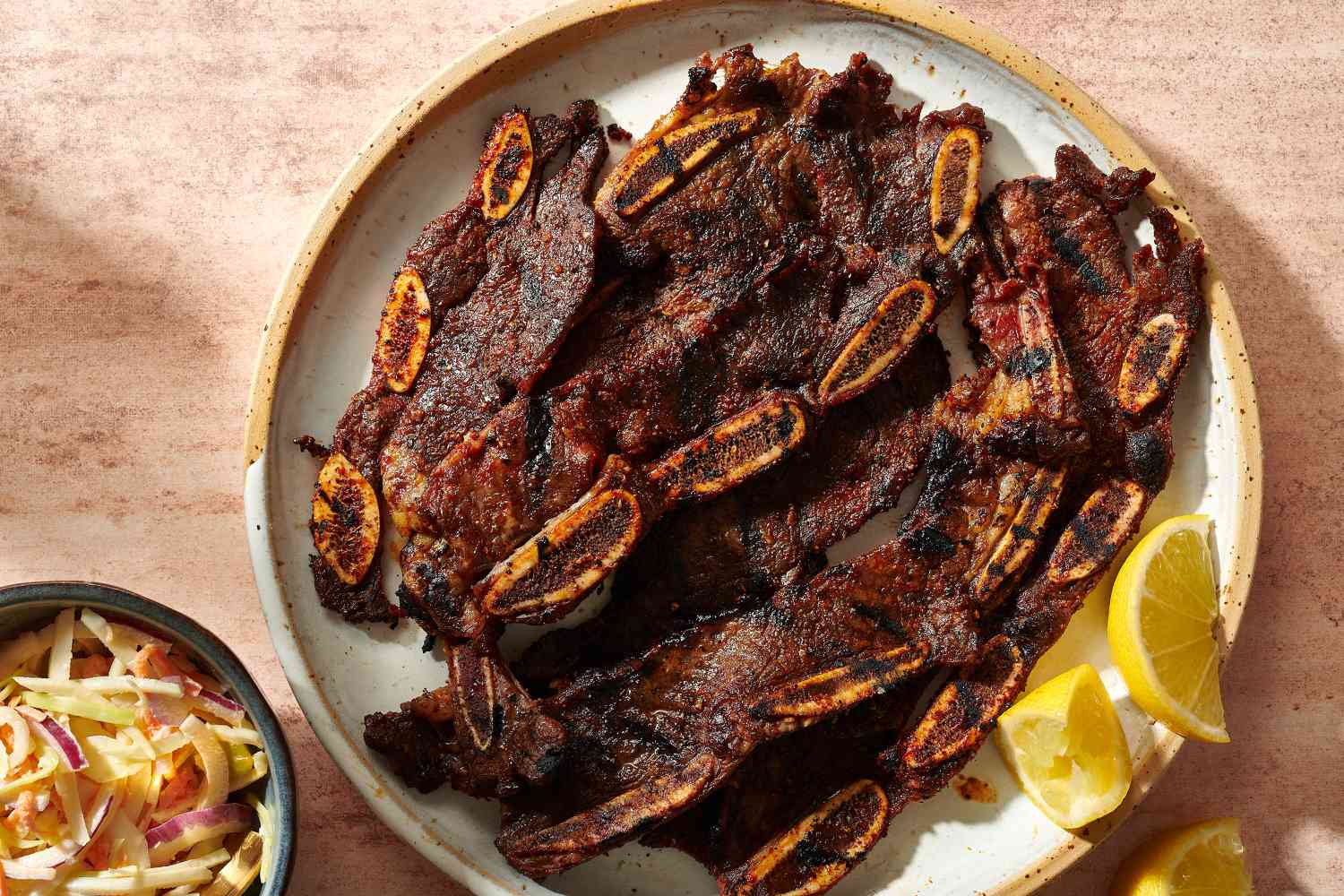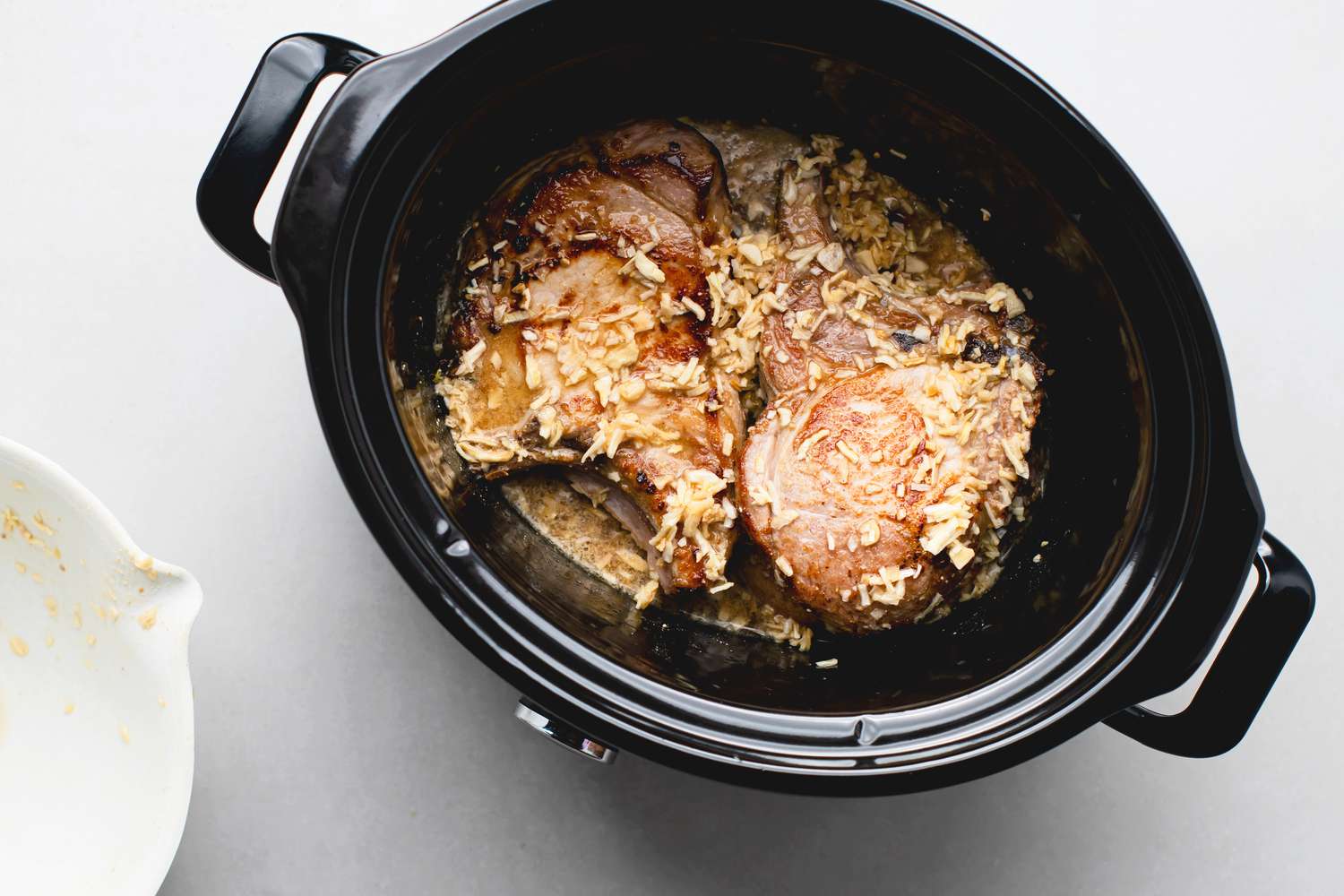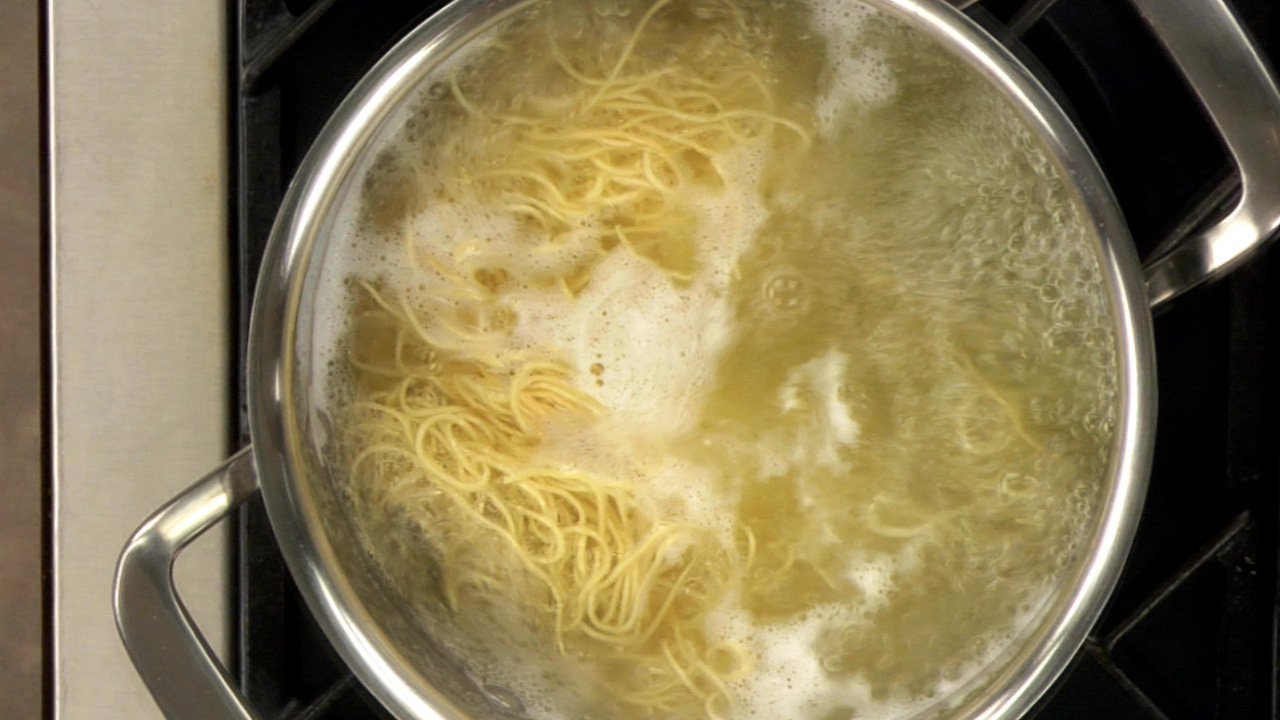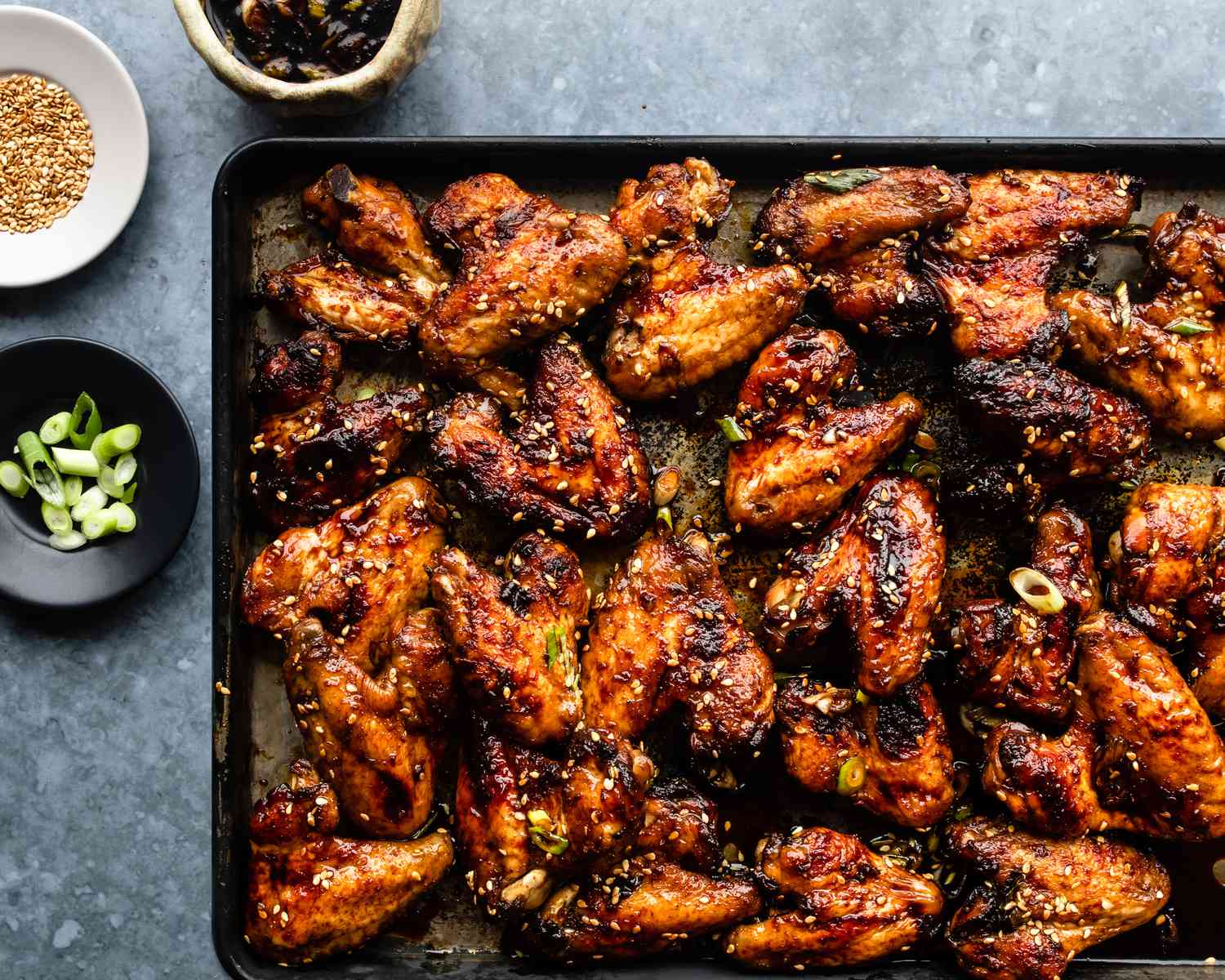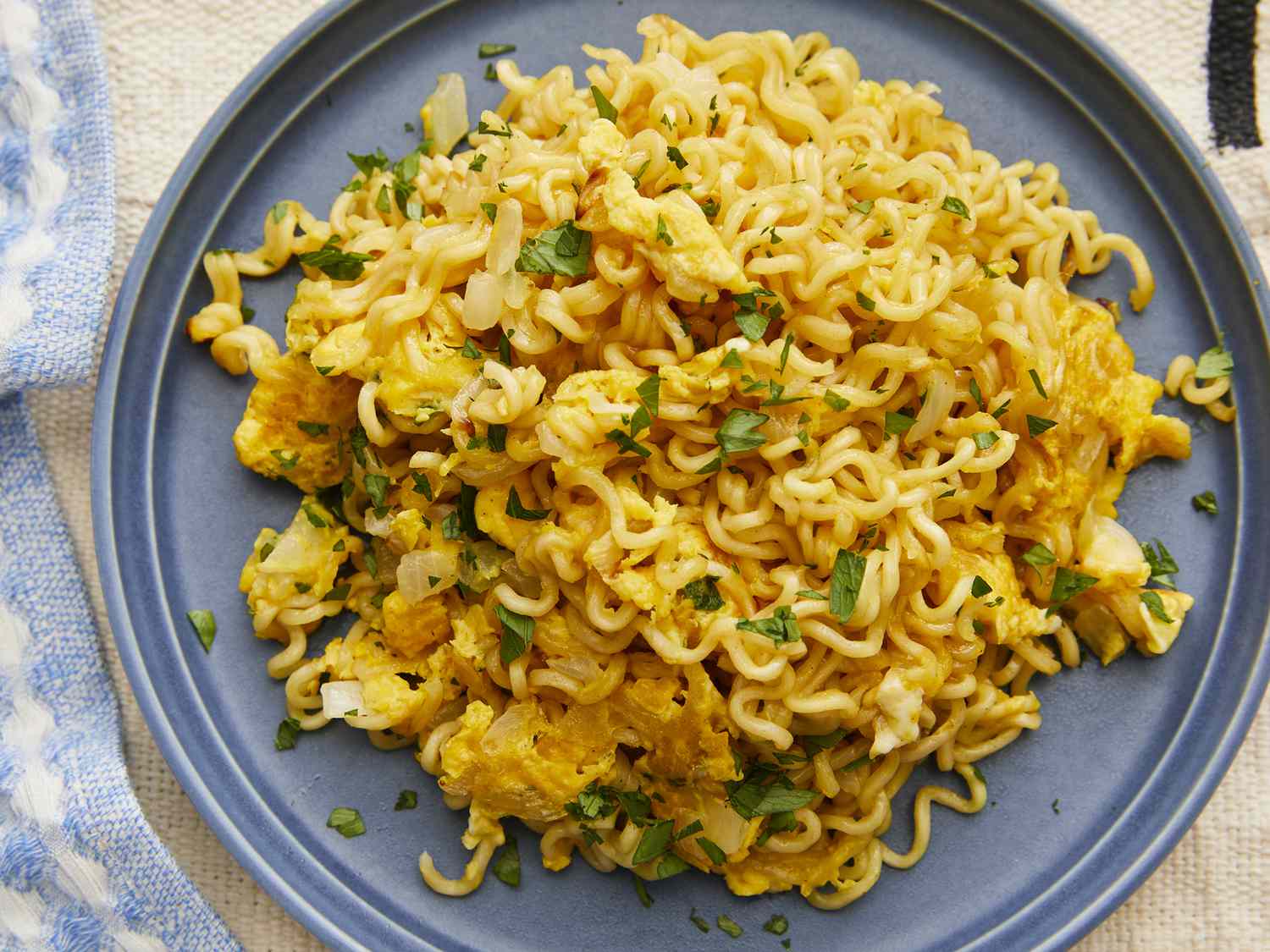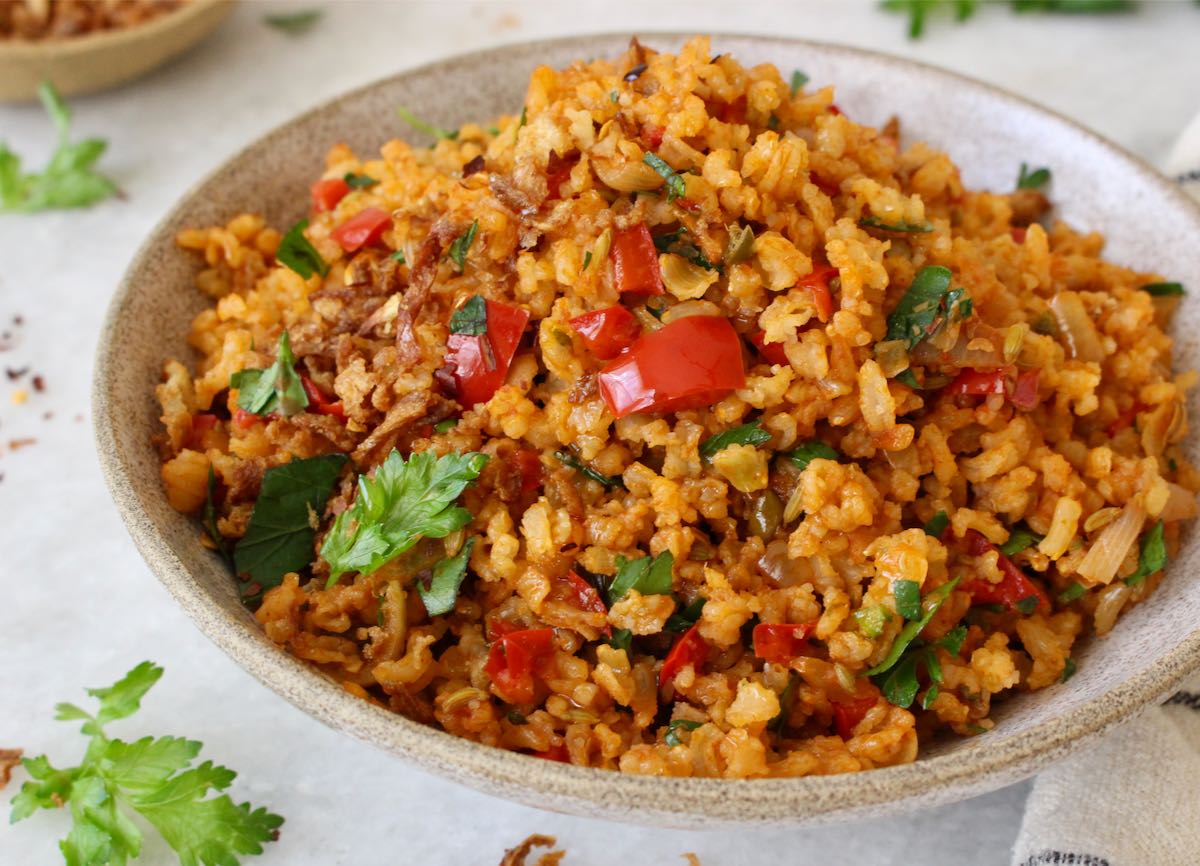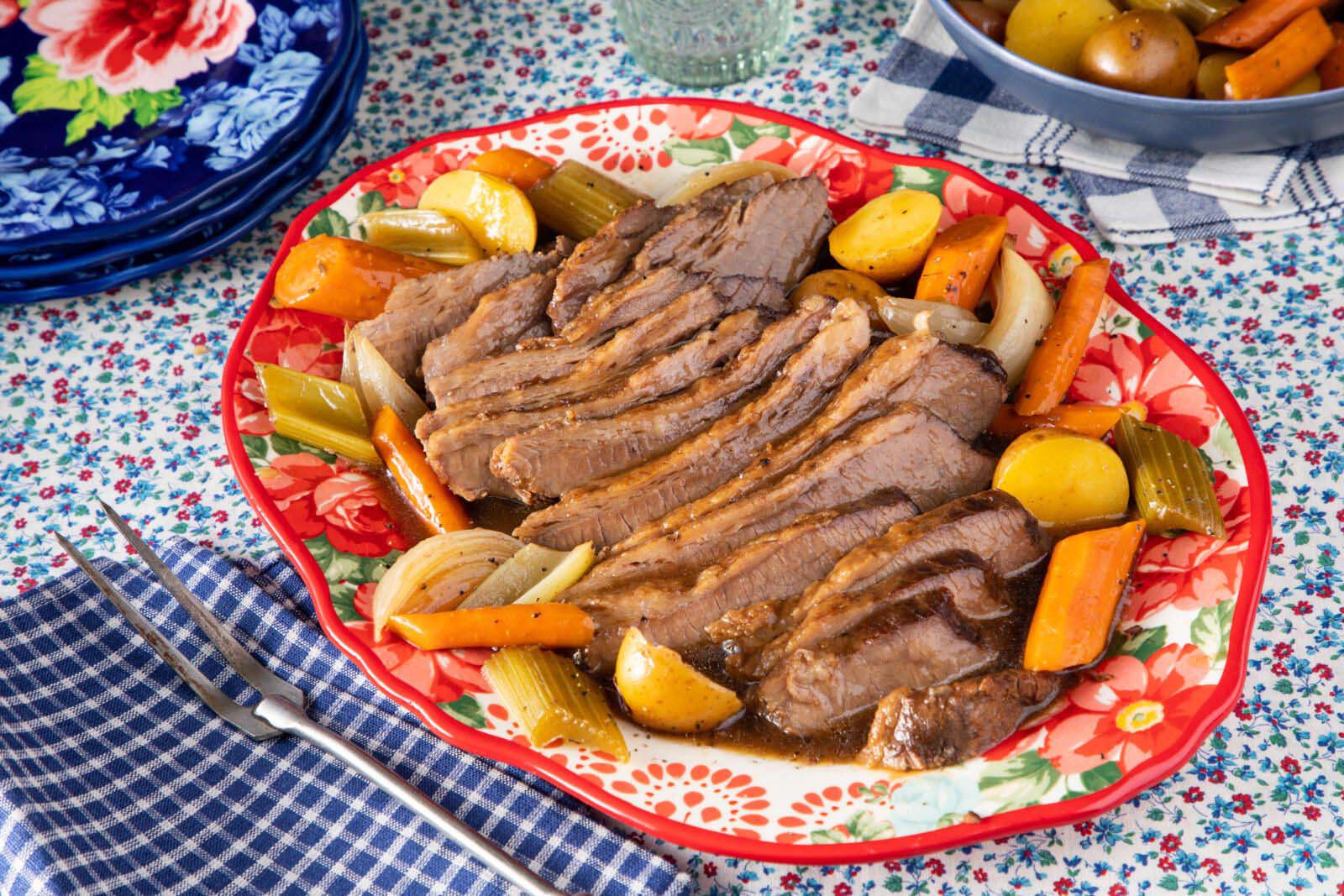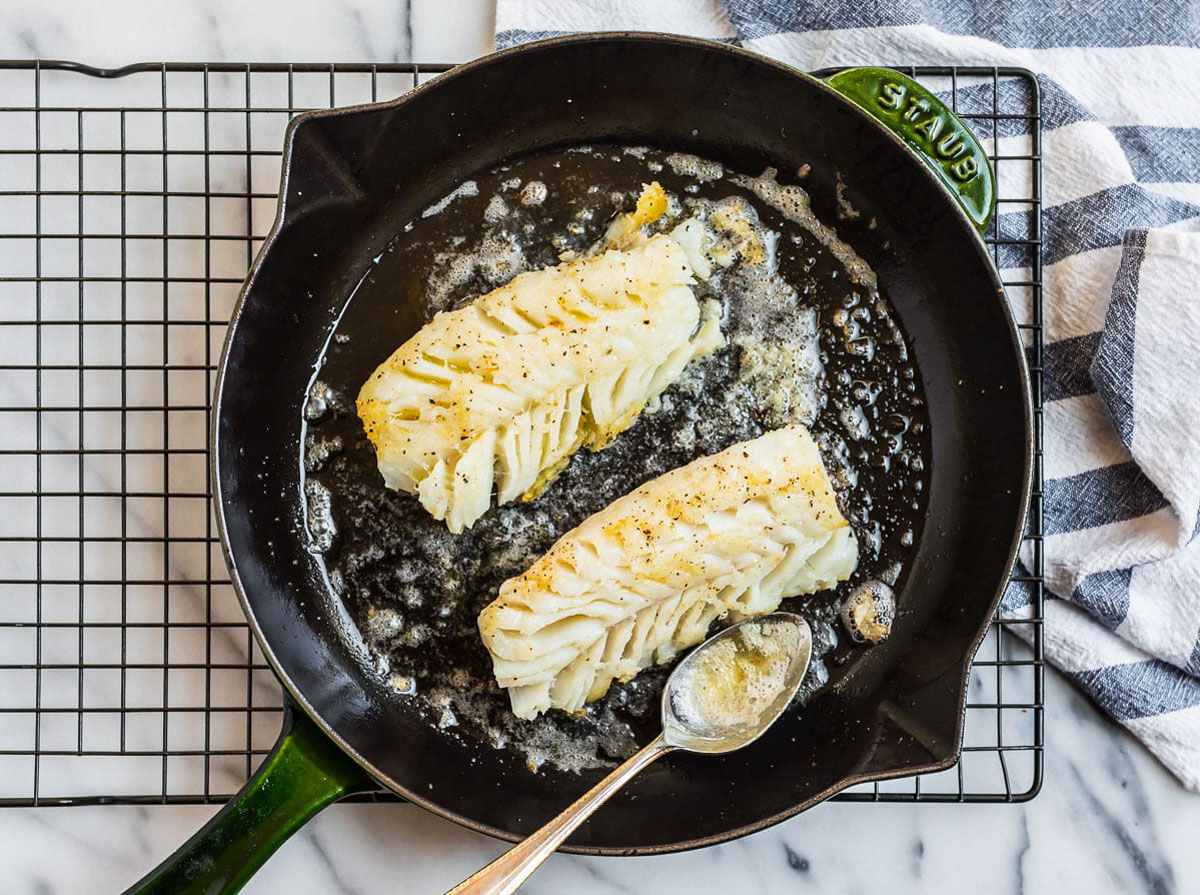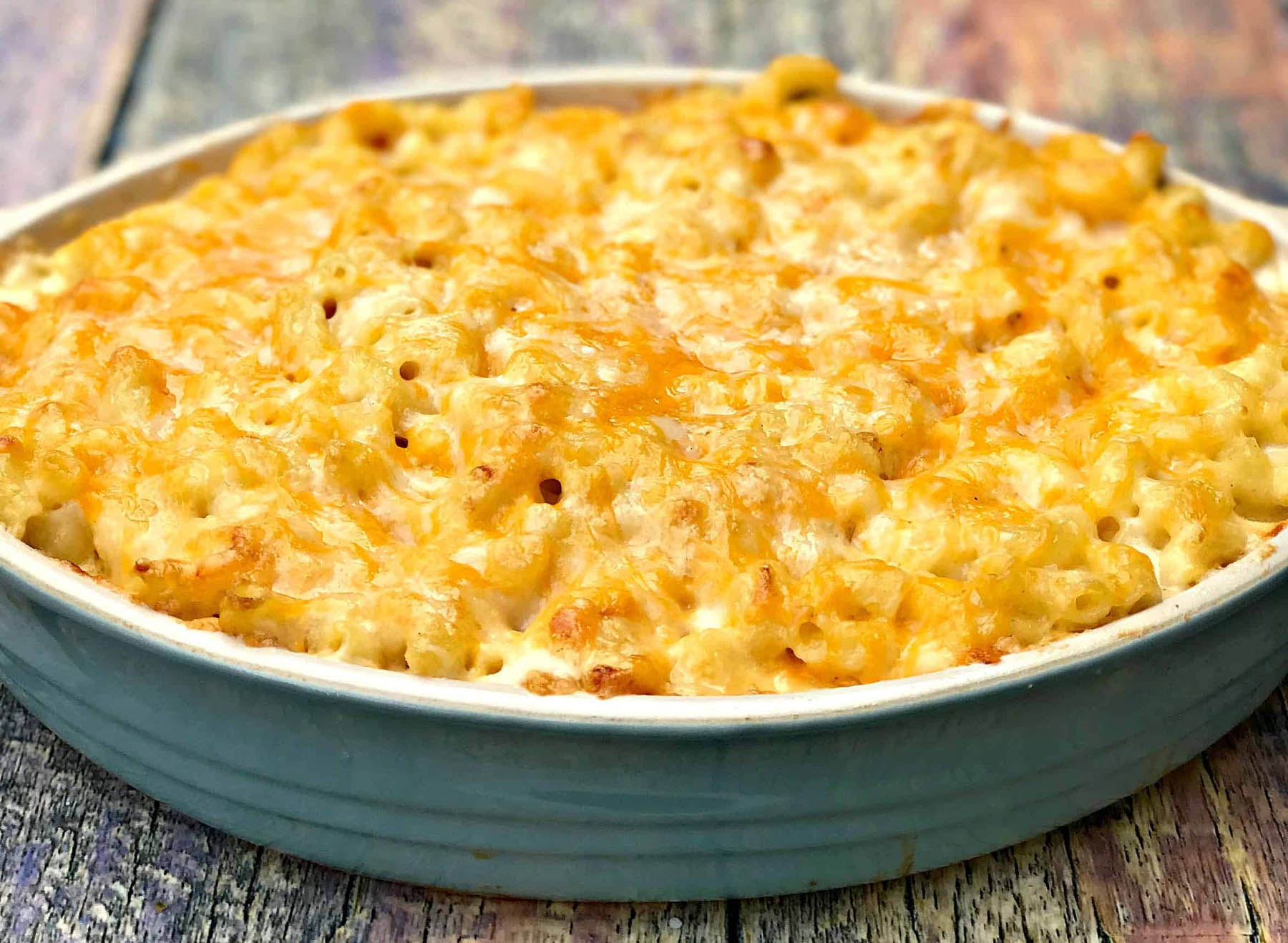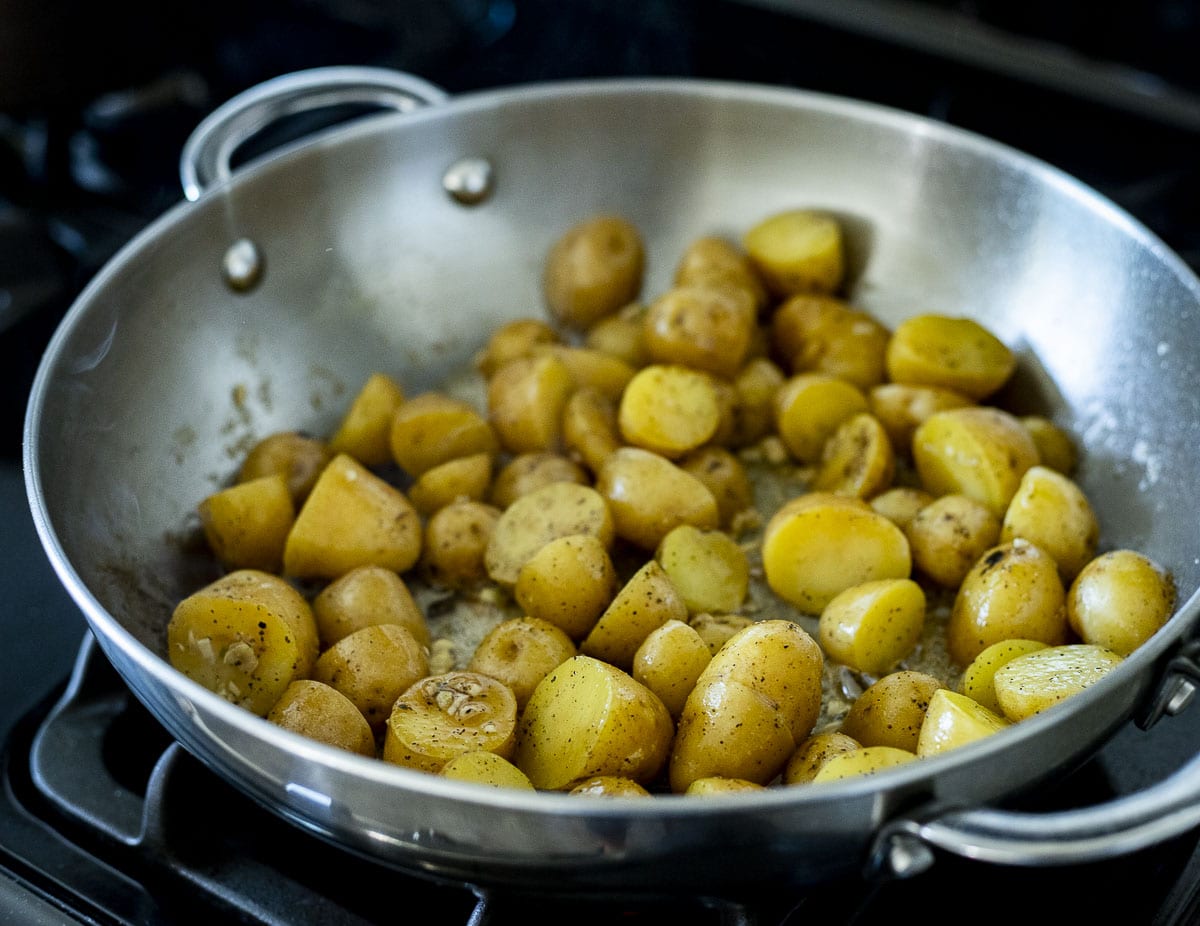How To Cook Squash For Baby
Introducing solid foods to your baby is an exciting milestone in their development. One nutritious and delicious option to consider is squash! Not only is squash packed with vitamins and minerals, but its sweet and delicate flavor is sure to be a hit with your little one. In this article, we will guide you through the process of cooking squash for your baby, ensuring that it is safe, nutritious, and easy to digest.
Which Squash to Choose for Your Baby?
When it comes to selecting squash for your baby, there are several varieties to choose from. Butternut squash, acorn squash, and delicata squash are all excellent options. These varieties have a smooth and creamy texture, making them ideal for purees.
Here are some tips for choosing the perfect squash:
- Look for squash that is firm and heavy for its size.
- Check for a dull rind, which indicates ripeness.
- Avoid squash with bruises, cuts, or soft spots.
Preparing and Cooking Squash
Follow these straightforward steps to prepare and cook squash for your baby:
- Wash the squash thoroughly under running water.
- Cut the squash in half lengthwise and scoop out the seeds and pulp using a spoon.
- Peel the skin using a vegetable peeler or a sharp knife. This step is optional, as the skin becomes soft when cooked and can be easily pureed.
- Chop the squash into small cubes to ensure even cooking.
- Steam the squash cubes until they are soft and tender. This can be done by using a steamer basket or simply boiling them in a small amount of water.
- Once the squash is cooked, let it cool before pureeing or mashing it into a smooth consistency.
Serving Squash to Your Baby
Now that you have cooked and prepared squash for your baby, it’s time to serve it up!
Here are a few serving suggestions:
- Offer the squash puree on its own as a first taste to your baby.
- Mix the squash puree with other fruits or vegetables to create new flavor combinations.
- Combine the squash puree with cooked rice, quinoa, or oatmeal for added texture.
- For older babies who can handle more texture, you can finely mash or lightly blend the squash to create a chunkier consistency.
Remember to introduce new foods one at a time, waiting three to five days before introducing another new food. This will help you identify any potential food allergies or sensitivities.
As your baby grows, you can gradually increase the texture and variety of squash-based dishes, incorporating them into soups, stews, and even finger foods.
Now that you know how to cook squash for your baby, it’s time to get cooking! Enjoy this nutritious and versatile vegetable as you embark on this exciting culinary journey with your little one.
For those wanting to introduce their little ones to the delightful world of squash, there are several recipes that are easy to follow and nutritious. For a sweet and hearty treat, try the Squash and Apple Mash, which combines the natural sweetness of apples with the comforting texture of squash. Another favorite is the Squash and Sweet Potato Medley, a perfect blend of flavors that provide a rich source of vitamins and fiber. For something a bit different, the Squash and Avocado Cream offers a creamy and smooth option that babies will love. Lastly, the Squash and Lentil Baby Meal is a great way to introduce some protein into your baby's diet while keeping it tasty and wholesome.
Was this page helpful?
Read Next: How To Cook Smoked Turkey Necks On The Stove
